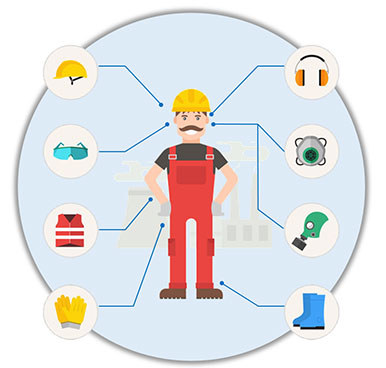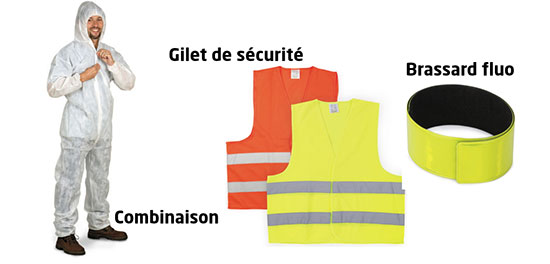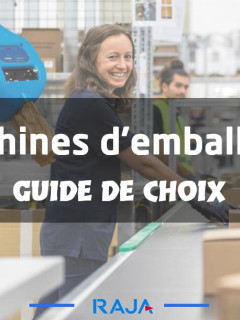Personal Protective Equipment or PPE is any accessory that can be worn or held by an employee to protect them in the workplace. Examples include safety gloves, hard hats or dust masks, etc.
Here we will show you how best to protect yourself and your colleagues. In addition, we will look at the requirements that PPE must meet and the obligations
that
you, as an employer, must take
1. What personal protective equipment exists?
The purpose of PPE is to eliminate external risks, or reduce them to an acceptable level.Some products protect you directly and have an immediate effect, such as goggles or gloves.On the other hand, there are also fluorescent jackets, for example, which are more of an indirect means of protection: the jacket itself doesn’t protect you from anything, but it does give you more visibility.PPE generally meets strict European requirements and often carries the CE mark.
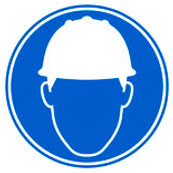
► Protect your head
When it comes to head protection, we automatically think of safety helmets. Choose a helmet with an adjustable inner headband (for example, with a size adjustment knob). Make sure your helmet has sweatbands and ventilation. This makes it much more ‘airy’ to wear for a long period of time. Safety helmets that comply with European standard EN 397 offer protection against falling objects.
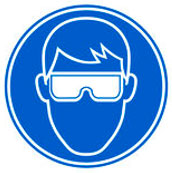
► Protect your eyes
For those who don’t have an eye for it, accidents lurk in small corners. Our eyes are very vulnerable and therefore deserve adequate protection: safety glasses. Safety glasses are usually made of polycarbonate, a material that is 40 times more resistant than glass. Depending on the model, safety glasses are also treated against UV rays, scratches and/or condensation. Within the family of safety glasses, you have three choices
- Standard safety glasses : similar to ordinary glasses, but often longer with a frame that continues to the side. this reduces the risk of side impact from small particles.
- Wide-view safety glasses also known as goggles, these glasses completely surround your eyes and fit your face perfectly.
- Overglasses this type of eyewear can be worn over ordinary glasses and is often used by visitors or by people who already wear corrective glasses.

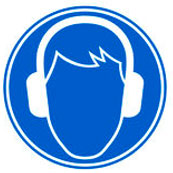
►protect your hearing
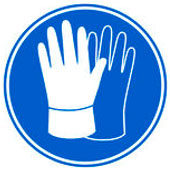
“Pourriez-vous faire moins de bruit là ?” Si vous travaillez dans un environnement bruyant, il est préférable de protéger vos oreilles avec des bouchons adaptés. Les bouchons pour oreilles sont constitués de mousse souple qui s’adapte parfaitement à la forme de votre oreille et garantit ainsi un confort élevé. Simple et efficace. Vous pouvez utiliser des cache-oreilles en combinaison avec des bouchons. Cela augmentera le facteur de protection. De plus, vous pourrez enfiler et enlever les cache-oreilles plus rapidement que les bouchons. Particulièrement utile pour ceux qui travaillent dans des environnements ou situations changeants.

xml-p
► Protect your hands
Que vous travailliez à un bureau ou que vous conduisiez un chariot élévateur dans un entrepôt, nous utilisons nos mains en permanence. Par conséquent, les blessures aux mains sont fréquentes. Pourtant, vos mains seraient parfaitement protégées avec les gants adéquats. Tout dépend des circonstances et des produits avec lesquels vous travaillez. Suivez ce guide de gants de protection et de travail pour trouver les gants qui iront de pair avec vos mains.

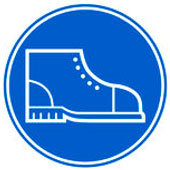
► Protect your feet
Just like your hands, your feet deserve attention. If you or your colleagues work in a warehouse and/or with heavy goods, it is best to wear safety shoes. These shoes have a reinforced toe cap made of plastic or steel. To find out which safety shoes are suitable for the job you are doing, you need to follow the safety classes (from S1 to S3). Class S2, for example, is recommended for the metal sector and in food production. Class S3, on the other hand, is the minimum level in the construction sector.
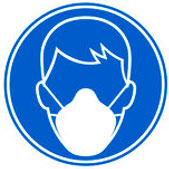
► Protect your airways
Inhaling dust or chemicals is certainly not good for your lungs. Wearing a dust mask is compulsory for some workplaces, especially for those working in the chemical, pharmaceutical or metal industries. The finer the ‘sieve’ of the dust mask, the better the filtration. There are 3 levels of filtration:
FFP1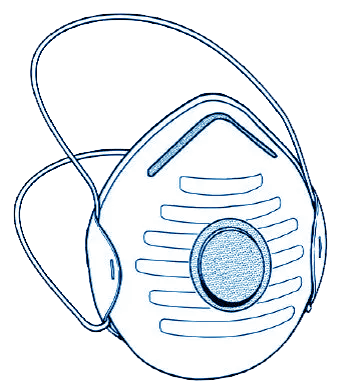 |
Protects against smoke, dust and fog non-toxic. | Examples: cotton, graphite, ferrous metals, calcium carbonate, stone processing / rubble, hay, etc. |
FFP2 |
Protects against smoke, dust and fog irritant. | Examples: wood particles, residual metal particles, resin and glass wool, seeds and fungi, etc. |
FFP3 |
Protects against smoke, dust and fog toxic. | Examples: ceramic fibres, rock wool, cadmium, chrome, etc. |
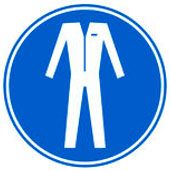
► Wear appropriate safety clothing
Firstly, you can choose a coverall that you wear over your normal clothing.There are simple models that protect you from dirt or dust.But you can also opt for more robust versions that protect you from small splashes of chemicals and acids.Coveralls can also be combined with shoe covers or a cap to be protected from head to toe.
Secondly, you can wear work trousers or a fluorescent waistcoat as a safety garment.A fluorescent waistcoat doesn’t offer protection per se, but it does increase your visibility.AND that’s not unimportant. Fluorescent signal armbands serve the same purpose.All you need to do is to click it on, or glue it around your arm.This way you are free to move around as much as possible too
2. What are the requirements for PPE?
Good personal protective equipment should meet the following requirements- PPE must exclude the risks for which it was designed, without itself creating new risks.
- It must be adapted to the conditions of the workplace.
- It must be possible to adapt it to the wearer. For example: safety shoes must be orthopaedically adjustable to the wearer’s feet. Safety gloves must be available in the right size for the wearer.
- If you wear several pieces of personal protective equipment at the same time, they must be compatible with each other, without compromising their function.
3. Is PPE mandatory?
► Employer’s obligations1
- Personal protective equipment must be made available to the worker free of charge.
- The employer must provide the necessary instructions for correct use and maintenance, and must also clearly indicate when PPE is mandatory.
- The employer is responsible for the maintenance, repair and disinfection of personal protective equipment. In case of wear and tear or defects, the employer must provide replacement in due course.
► Obligations of the employee1:
- The employee is obliged to use the PPE imposed by the employer.
- He/she is obliged to participate in information and instruction sessions and to maintain and store his/her PPE properly.
- In principle, employees are not allowed to take their PPE home. Protective equipment must be stored properly at the workplace. However, the employer may make exceptions to this rule.
remember that, as a general rule, PPE is always personal. This means that they should not be worn consecutively by different employees. However, an exception can be made if they are sufficiently cleaned, dusted or disinfected at each change of user.
Source :1 www.beswic.be/fr/themes/equipements-de-protection/equipements-de-protection-individuelle-epi










